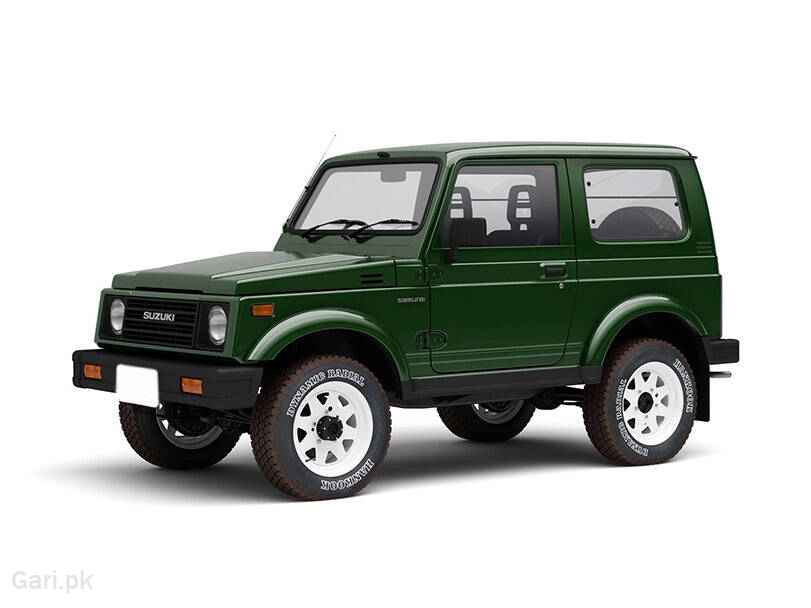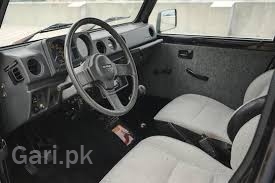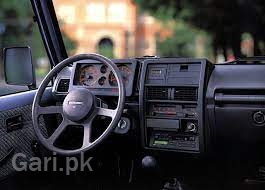Interior
While the Suzuki Samurai's exterior may have been rugged and utilitarian, its interior was quite basic. The cabin was spacious enough for a small SUV, but its seats were thinly padded and offered little support. The Samurai's dashboard was simple and functional, with easy-to-read gauges and controls. One notable feature of the Samurai was its removable top, which allowed owners to enjoy open-air driving.
Exterior
The Suzuki Samurai's exterior design was a combination of retro and modern styling. Its boxy shape and round headlights were reminiscent of early Jeep models, while its flared fenders and integrated roll bar gave it a sporty and aggressive appearance. The Samurai's compact size and short wheelbase made it ideal for off-roading, allowing it to navigate tight trails and steep inclines with ease. Its minimal overhangs also made it easy to maneuver around obstacles.
Engine
The Suzuki Samurai was powered by a 1.3-liter four-cylinder engine that produced 63 horsepower and 74 lb-ft of torque. While this engine may seem underpowered by today's standards, it was more than enough to propel the lightweight Samurai. The engine was paired with either a five-speed manual transmission or a three-speed automatic transmission. The Samurai was also available in four-wheel drive, making it a capable off-roader.
Performance
The Suzuki Samurai's off-road capabilities were impressive, thanks to its lightweight design and four-wheel drive system. Its short wheelbase and minimal overhangs allowed it to tackle steep inclines and tight turns with ease. The Samurai's solid axle suspension provided excellent articulation, allowing it to keep all four wheels on the ground in even the most challenging terrain. On the road, the Samurai was nimble and agile, thanks to its small size and responsive handling.
Mileage
The Suzuki Samurai's fuel economy was not one of its strong points. With an EPA rating of 22 miles per gallon in the city and 27 miles per gallon on the highway, the Samurai was not as fuel-efficient as some of its competitors. However, its small size and lightweight design helped to mitigate this, making it a more efficient choice than larger, heavier SUVs.
Competitors
The Suzuki Samurai faced stiff competition from other small SUVs and off-road vehicles during its production run. One of its main competitors was the
Jeep Wrangler, which offered similar off-road capabilities and a more powerful engine. Another competitor was the
Toyota 4Runner, which was larger and more spacious than the Samurai, but also more expensive. Other competitors included the
Isuzu Trooper,
Mitsubishi Montero, and
Nissan Pathfinder.
Suzuki Samurai in Pakistan ranges from 1981 to 1999. Suzuki Samurai model variants includes SJ. new car minimum price starts from 700000 Rs. while maximum price goes till 700000 Rs. at that time.
![]() Engine
Engine![]() Horsepower
Horsepower![]() Torque
Torque ![]() Mileage
Mileage 

































